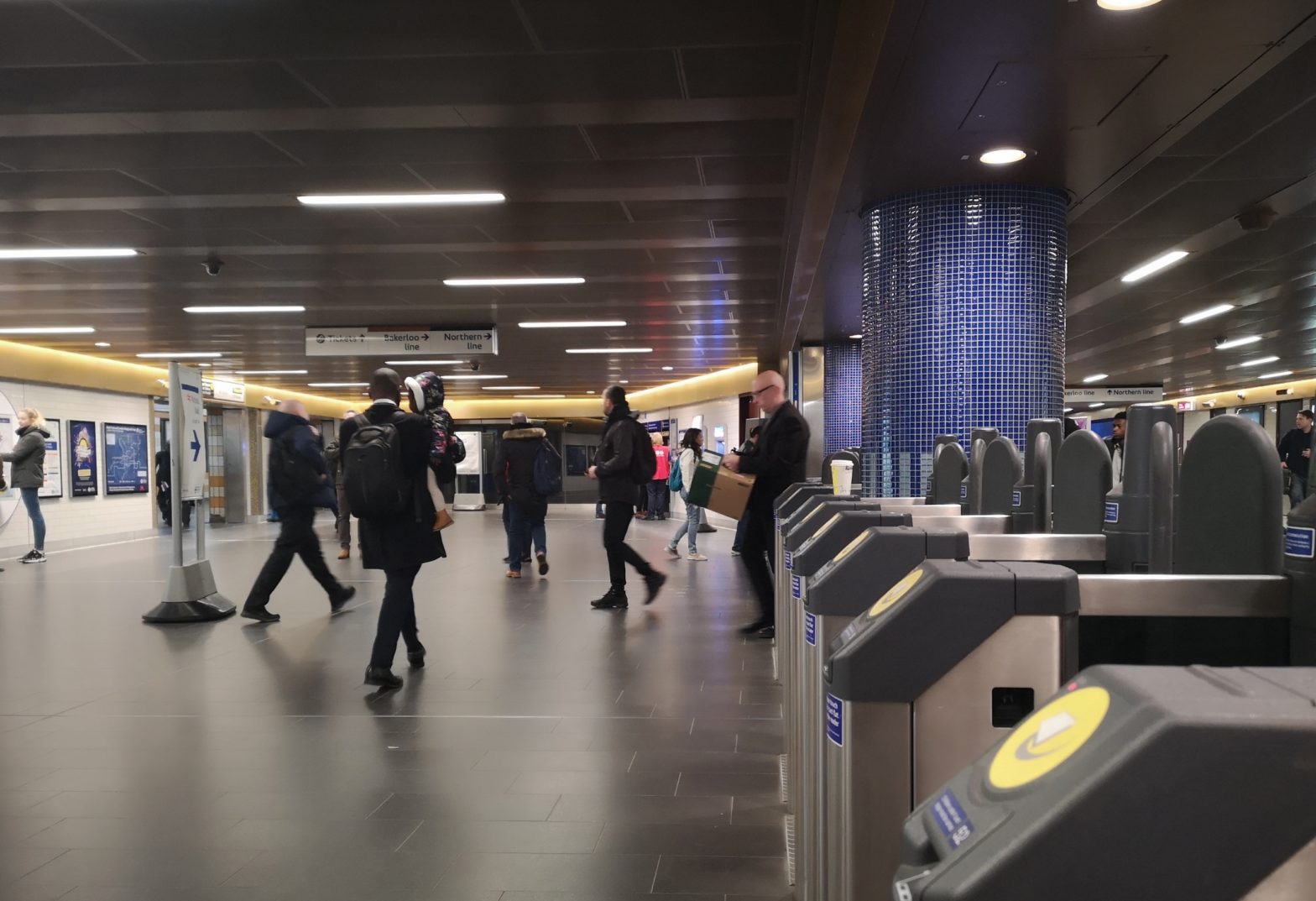
Photo: Image: Library of Congress/Unsplash
US Federal Transit Administration announces disaster relief funding
03 April 2023
by Christopher Carey
The US Federal Transit Administration (FTA) is making US$212 million available to transit systems affected by declared disasters in 2017, 2020, 2021 and 2022.
Public transit agencies, local governmental authorities, states, territories, tribes and other FTA grant recipients that fund or provide public transportation are eligible to apply for the Public Transportation Emergency Relief Program.
Funding can be used for emergency operations and protective measures, and emergency and permanent repairs.
“Through this programme, we are helping communities that were affected by natural disasters and other emergencies,” FTA Administrator Nuria Fernandez told Cities Today.
“These funds are part of our ongoing commitment to Americans across the country to ensure that transit agencies receive support for emergency-related damages sustained and that a continuity of services remains in place so people can get to school, work and medical appointments.”
Applications must be submitted electronically by May 26, and transit agencies must have eligible expenses within those timeframes resulting from an event for which President Biden declared a major disaster to receive funding.
In 2022, the US endured 18 weather and climate disaster events, whose losses each exceeded US$1 billion, according to a January 2023 report from the National Oceanic and Atmospheric Administration (NOAA).
In five of the last six years, costs from climate and weather-related disasters have exceeded US$100 billion annually, and the average number of billion-dollar disasters has surged over that time, driven by a combination of increased exposure of people living in and moving to hazardous areas, vulnerability due to increasing hazards like wind speed and fire intensity, and a warming climate.
Increased frequency
With the frequency and cost of natural disasters across the US rising over the past few decades, certain cities – particularly those in coastal regions – have found themselves vulnerable to sudden changes.
“The biggest challenge we’re always going to have is [related to] drainage and resiliency,” Veronica Davis, Houston’s Director of Transportation and Drainage Operations, told Cities Today last November.
“A lot of times we think just about the big storms – for example, we’re still rebuilding back from [Hurricane] Harvey [in 2017].
“But even now I’m finding that the extreme, regular rainstorms are starting to create more flooding challenges for us, so we have to be very forward-thinking and aggressive in our Resilient Houston plan.”
Houston’s climate action plan, which it launched two years ago after grappling with six major flooding disasters in five years, includes a target to slash emissions by 40 percent by 2030 and become carbon-neutral by mid-century.
Alongside plans to plant 4.6 million trees by the end of the decade, the city will also work to modernise homes and boost drainage infrastructure.
Analysis from non-profit group Climate Central earlier this year found that between 2017 and 2021 the US experienced a billion-dollar disaster every 18 days, on average – the average time between such events in the 1980s was 82 days.
The report noted that the less time between events, the fewer resources there are to respond to communities affected.








